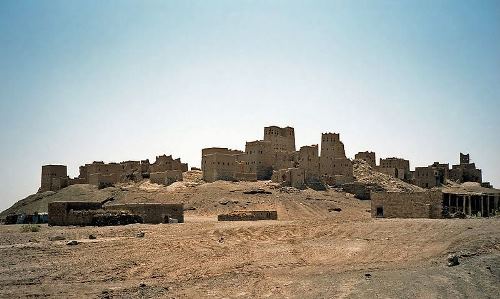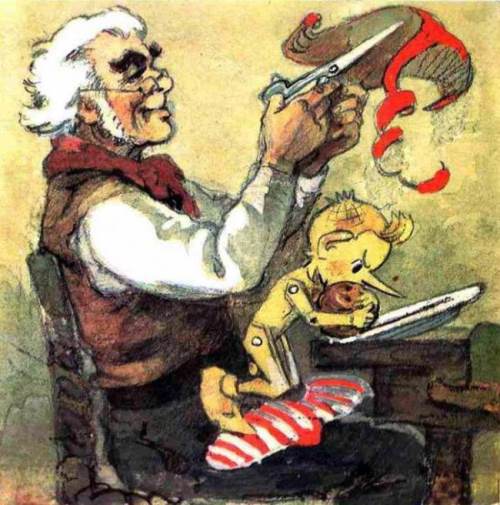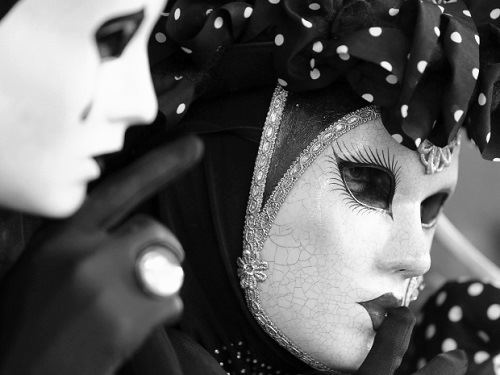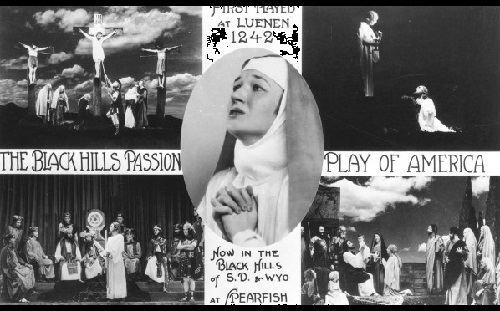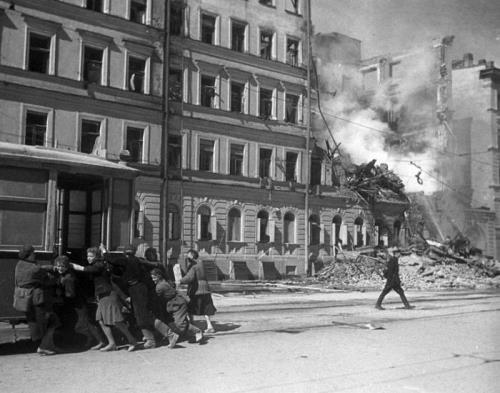Amazing city of Queen of Sheba
Queen of Sheba is one of the most famous biblical characters. She is first mentioned in the Third Book of the Old Testament Kings. And although her existence is considered unproven, the image of Queen of Sheba had a significant impact on the folklore and literature of the peoples of Europe, North Africa and the Middle East.
In our days, filmmakers have repeatedly use this character in their works. But where was her country?
Scientists had been trying to enter the city of Marib where in ancient times the legendary Queen of Sheba ruled. However, its location for a long time remained a secret that was carefully kept by the local Arab tribes and the authorities of Yemen. In 1976, another attempt to enter the coveted city was made by the French. They corresponded with the Yemeni authorities for seven long years, until they obtained permission to visit the ruins by one person who was only allowed to examine them. And then they decided to send a Parisian photographer from the Figaro magazine, who knows how to shoot with a hidden camera.
More »
